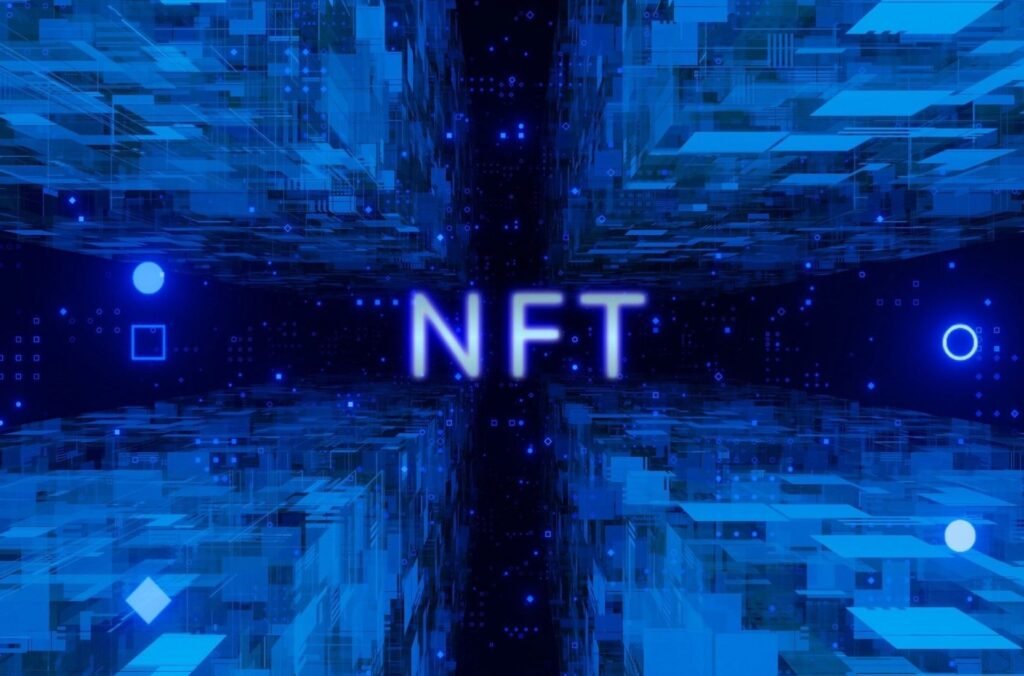Forgotten Playland NFT integration The blockchain gaming landscape is witnessing a significant milestone as Forgotten Playland, an Avalanche-powered game on the Beam L1, has integrated in-game item NFTs along with other new features. This groundbreaking update represents one of the most substantial developments in the Web3 gaming space, positioning Forgotten Playland at the forefront of the decentralised gaming revolution.
Revolutionary NFT Integration: Two-Tier Asset System
The latest update introduces a sophisticated dual-NFT system that transforms how players interact with the game economy. Players will be able to own two different types of NFTs on the platform, cosmetic and toybox. Cosmetics—such as skins, traits, and emotes—can be earned by playing the game, creating a balanced ecosystem that rewards both gameplay and investment.
Cosmetic NFTs: Personalisation Meets Value
The cosmetic NFT category encompasses a wide range of customisation options that enable players to express their unique gaming identities. These digital assets include:
Character skins that provide visual distinction
Unique traits that enhance character appearance
Emotes for enhanced social interaction
Customizable accessories for personal expression
What makes this system particularly innovative is the dual acquisition method. Players can earn these cosmetics through dedicated gameplay, ensuring that skill and time investment are rewarded, while simultaneously offering purchase options for those who prefer immediate access.
Toybox NFTs: Strategic Assets for Competitive Advantage
The toybox NFT category represents the more strategic aspect of the game’s economy. These assets are designed to provide functional benefits within the game environment, creating a clear value proposition for players who invest in the blockchain ecosystem.
The Beam L1 Advantage: Technical Infrastructure for Gaming Excellence
Forgotten Playland’s decision to build on the Beam L1 within the Avalanche ecosystem demonstrates a strategic approach to blockchain gaming infrastructure. Despite past volatility, its integration with gaming platforms positions BEAM for growth, particularly as market conditions improve. This partnership provides several key advantages:
Enhanced Performance: The Beam L1 offers optimised transaction speeds and reduced costs, crucial for seamless gaming experiences.
Scalability Solutions: Built to handle the high transaction volumes typical of active gaming environments.
Developer-Friendly Tools: Beam is currently exploring AI integrations in the gaming industry. Their vision includes AI-powered non-player characters (NPCs) that interact dynamically with players, creating immersive experiences.
Market Context: The $4 Billion Web3 Gaming Boom

The timing of Forgotten Playland’s NFT integration aligns perfectly with broader industry trends. With Web3 gaming attracting more than $4 billion in venture funding in 2022 alone, and game development typically occurring on a 3-4 year cycle, we can expect to see a sharp rise in gaming-related GTMs and TGEs in 2025.
This massive influx of capital has created an environment where innovative projects, such as Forgotten Playland, can thrive and push the boundaries of what is possible in blockchain gaming.
Industry Trends Shaping 2025: Beyond Traditional Gaming Models
Cross-Platform Integration Revolution
NFTs will become increasingly interoperable, allowing seamless asset use across games and platforms. This trend positions Forgotten Playland’s NFT system as potentially valuable beyond the confines of a single match, creating long-term value for early adopters.
AR/VR Enhancement Opportunities
The gaming industry is witnessing unprecedented integration of augmented and virtual reality technologies. Augmented and virtual reality will enhance NFT showcases and gameplay immersion, suggesting that Forgotten Playland’s NFT assets could evolve to support these emerging technologies.
Sustainable Play-to-Earn Models
The industry will look like in 2025, focusing on sustainable play-to-earn (P2E) models, cross-chain adoption, AI, brand partnerships, expanding metaverses, regulatory shifts, and on-chain identities. Forgotten Playland’s balanced approach to NFT acquisition, which combines both gameplay and purchase, aligns with these sustainability principles.
Economic Impact: Token Performance and Market Dynamics

The integration comes at a time when Forgotten Playland’s native token shows interesting market dynamics. The live Forgotten Playland price today is USDD 0.0004892, with a 24-hour trading volume of USD 494,534.17, indicating active trading interest and market engagement.
This trading volume suggests a healthy ecosystem with genuine user interest, rather than speculative trading, which bodes well for the long-term sustainability of the NFT integration.
Broader Avalanche Ecosystem Developments
The Forgotten Playland update occurs within a thriving Avalanche gaming ecosystem. Recent developments include the launch of the Avalanche Battle Pass. This free NFT offers in-game rewards and crypto perks to players who engage with partnered games. This collaborative approach demonstrates how individual projects, such as Forgotten Playland, benefit from and contribute to the broader ecosystem.
Strategic Implications for Blockchain Gaming
Ownership Revolution in Gaming
The implementation of NFTs in Forgotten Playland represents a fundamental shift in gaming ownership models. With the update and blockchain integration, players are introduced to decentralised gaming and are entitled to own a piece of the game economy. This ownership model creates new possibilities for player investment and long-term engagement.
Community Building Through Digital Assets
NFTs serve as more than just in-game items; they become community membership tokens that create deeper connections between players and the game ecosystem. This social aspect of NFT ownership often drives stronger community engagement and longer player retention.
Economic Empowerment for Players
By allowing players to own their in-game assets truly, Forgotten Playland enables new economic opportunities. Players can trade, sell, or leverage their NFTs in ways that were impossible with traditional gaming models.
Technical Innovation: Seamless Integration
Implementing NFTs in gaming requires sophisticated technical architecture to ensure a seamless user experience. The integration must balance blockchain functionality with traditional gaming performance expectations, a challenge that Forgotten Playland appears to have addressed through its partnership with Beam L1.
The success of this integration will likely be measured by how seamlessly the blockchain elements are integrated into the game, enabling players to enjoy it. The experience is without being aware of the underlying blockchain technology. They will still provide the benefits of actual asset ownership to those who engage with the Web3 features.
Future Outlook: What This Means for Web3 Gaming
Setting New Industry Standards
Forgotten Playland’s comprehensive NFT integration could establish new benchmarks for how blockchain games should implement digital asset ownership. The dual-tier architecture makes NFT games accessible while giving value to blockchain participants, addressing major complaints.
Expansion Possibilities
The successful implementation of this NFT system opens the door to future expansions, including potential partnerships with other games. Industry trend reports cite the Avalanche ecosystem, cross-game asset utility, and incorporation with upcoming technologies like AR/VR upgrades.
Market Maturation Signal
This update represents the kind of mature, thoughtful blockchain integration. The gaming industry needs to move beyond speculative hype toward genuine utility and entertainment value.


